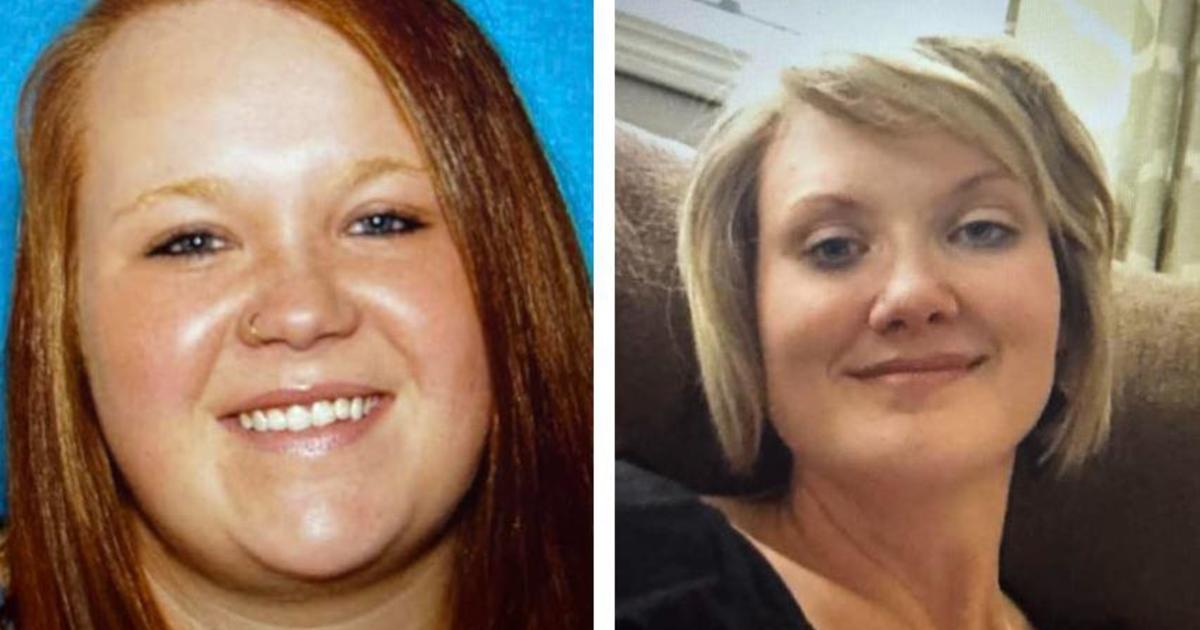More DNA sought from remains of possible Tulsa Race Massacre victims
Scientists consulting with a public oversight committee investigating the 1921 Tulsa Race Massacre are seeking to identify additional victims of the attacks as part of an ongoing effort to connect them to living descendants. They shared updated recommendations and plans this week to extract more DNA from recently reburied remains and search new sites for additional bodies.
Remains found and exhumed from Oaklawn Cemetery last year and temporarily reburied there will be exhumed again for additional DNA samples in an effort to identify them, according to a report issued Tuesday to the 1921 Graves Investigation Public Oversight Committee.
The remains will then reburied in the same location, according to the report by state archaeologist Kary Stackelbeck and forensic anthropologist Phoebe Stubblefield.
Additional graves in the cemetery also will be excavated and those in simple, wooden coffins — said to be the type massacre victims were buried in — will be exhumed, the report said.
"We are already making preparations," Stubblefield said. "We don't have a date, but we hope to be there this fall."
The 1921 massacre is considered one of the single worst incidents of racial violence in U.S. history. It occurred when a white mob descended on Greenwood, a predominantly Black and affluent neighborhood in Tulsa locally known as "Black Wall Street." The mob attacked residents while destroying roughly 35 blocks of homes and businesses, with the violence erupting after a 19-year-old Black male was arrested for allegedly assaulting a 17-year-old white woman in an office building.
A search for the graves of massacre victims began in 2020 and resumed last year with nearly three dozen coffins recovered that contained the remains of possible victims.
Fourteen sets of the remains were sent to Intermountain Forensics in Salt Lake City, Utah, in an attempt to identify them with two sets having enough DNA recovered to begin sequencing.
Scientists plan to conduct soil testing at two sites along the Arkansas River where victims of the massacre were believed to have been buried in mass graves.
The collection of additional DNA is an effort to provide enough to begin sequencing on the other remains.
None of the remains recovered thus far are confirmed as victims of the massacre in which more than 1,000 homes were burned, hundreds were looted and Black Wall Street's thriving business district was destroyed.
Historians who have studied the event estimate the death toll to be between 75 and 300.
Victims were never compensated. However, a pending lawsuit seeks reparations for the three remaining known survivors of the violence, Viola Fletcher, Hughes Van Ellis and Lessie Benningfield.
The lawsuit, filed in Oklahoma by the three survivors as well as other descendants, alleges that "the defendants' exploitation of death, destruction and disparities they created ... have resulted in their unjust enrichment at the expense of these communities." The city of Tulsa has argued that it should not be ordered to pay reparations because its current residents did not participate in the massacre.
To hear stories from survivors and descendants of Tulsa massacre victims, watch "Tulsa 1921: An American Tragedy" in the video below:



